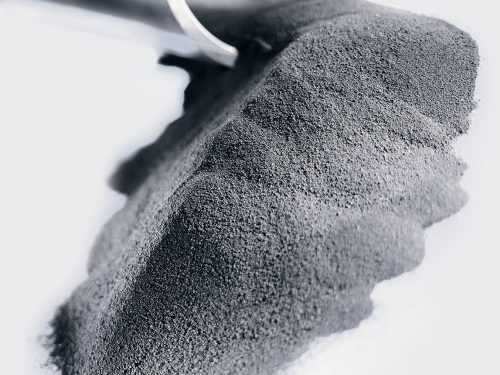Thanks to its abundant reserves, high energy density, high power density and low cost, graphite has long occupied the dominant position as anode material for lithium-ion batteries.
With the strong development of new energy vehicles and energy storage industries, the output of graphite anode materials has been accelerated. According to statistics, global shipments of lithium battery anode materials in the first half of 2023 were 748,000 tons, a year-on-year increase of 17.4%. China’s global market share of lithium battery anode materials further increased to 97%.
The initial stage of graphite anode materials lasted about 30 years. According to the current expansion trend, the growth period of graphite anode materials (post-graphite anode era) may be completed in 5-10 years, and it will soon enter the maturity stage.
In the current lithium-ion battery material system, the next-generation anode materials, such as silicon carbon and lithium metal, are considered to have insufficient maturity in industrial application technology and high costs, and they require matching electrolytes, binders, etc. The system still needs to be adjusted and improved, and it will be difficult to shake the mainstream position of graphite anodes in the short term. Graphite anode materials will still be the absolute mainstream in the market, but their industrial structure may undergo major changes.
The penetration rate of natural graphite in various application fields will increase to a certain extent due to its advantages such as no graphitization process, low cost, and safe and stable industrial chain and supply chain. However, the increasing demand for lithium battery life and the advancement of fast charging technology require continuous breakthroughs in the specific capacity of negative electrode materials. Especially in the field of power batteries, due to the harsh use environment and high requirements on the specific capacity, consistency, rate, and low-temperature performance of negative electrode materials, natural graphite still has many technical problems that need to be overcome.
On the other hand, the problems of high energy consumption and high cost of graphitization have become prominent, and the pressure on anode material companies mainly composed of artificial graphite has increased. Improve the existing graphitization process and equipment technology, reduce costs and increase efficiency.
At the same time, with the rapid development of solid-state batteries, fuel cells and graphene technology, the future development of graphite anodes is full of uncertainties and challenges.


